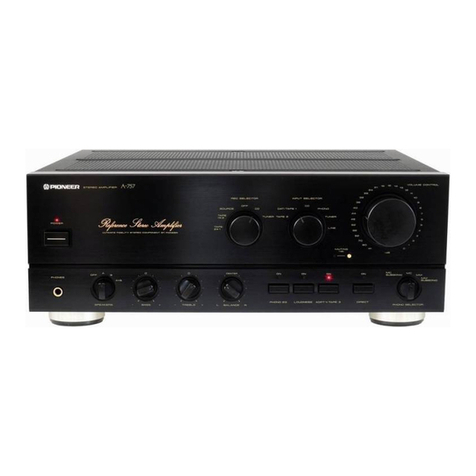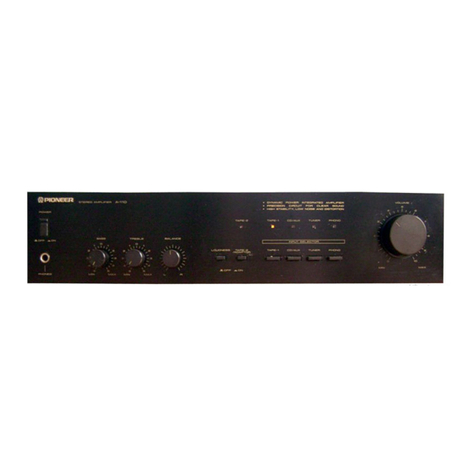Pioneer A-443 User manual
Other Pioneer Amplifier manuals
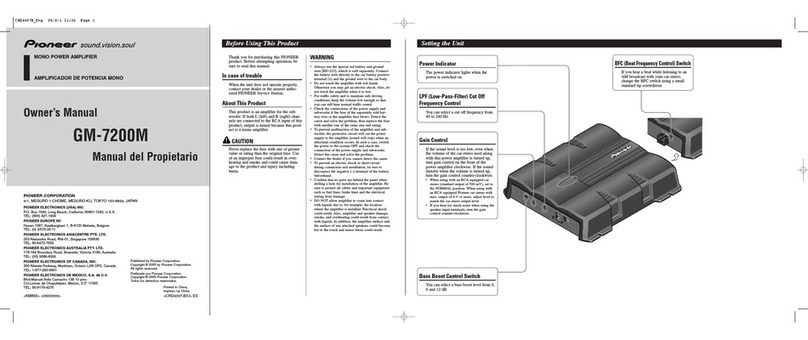
Pioneer
Pioneer GM-7200M User manual
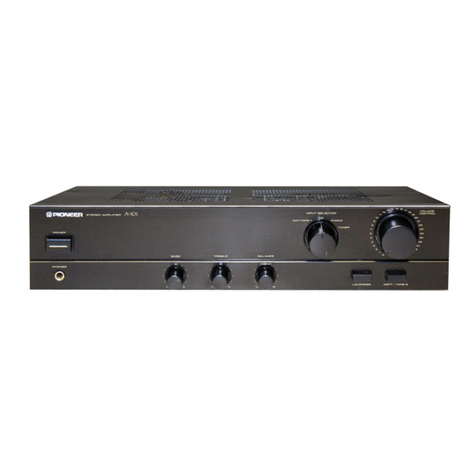
Pioneer
Pioneer A-201 User manual
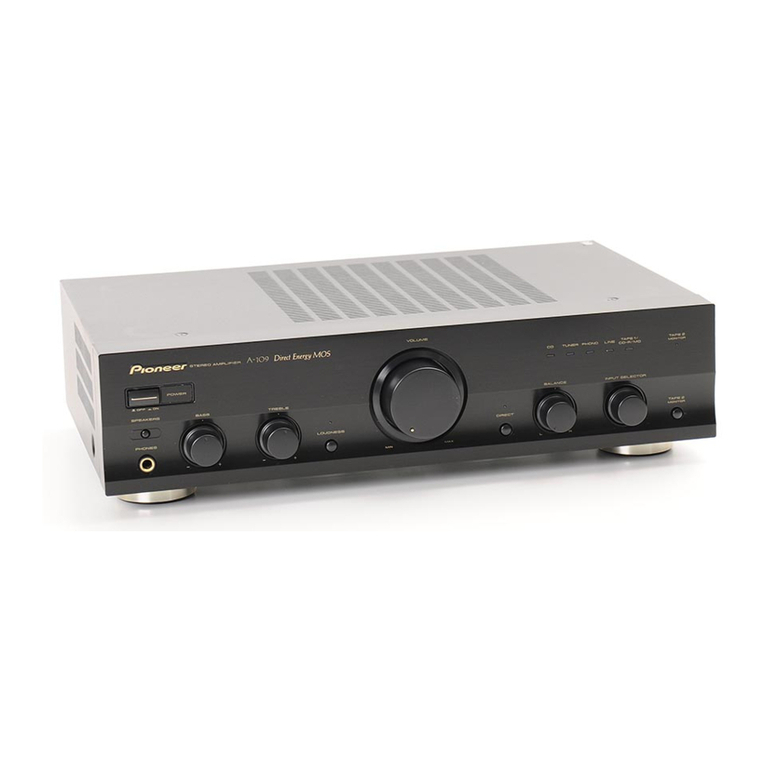
Pioneer
Pioneer A-109 User manual
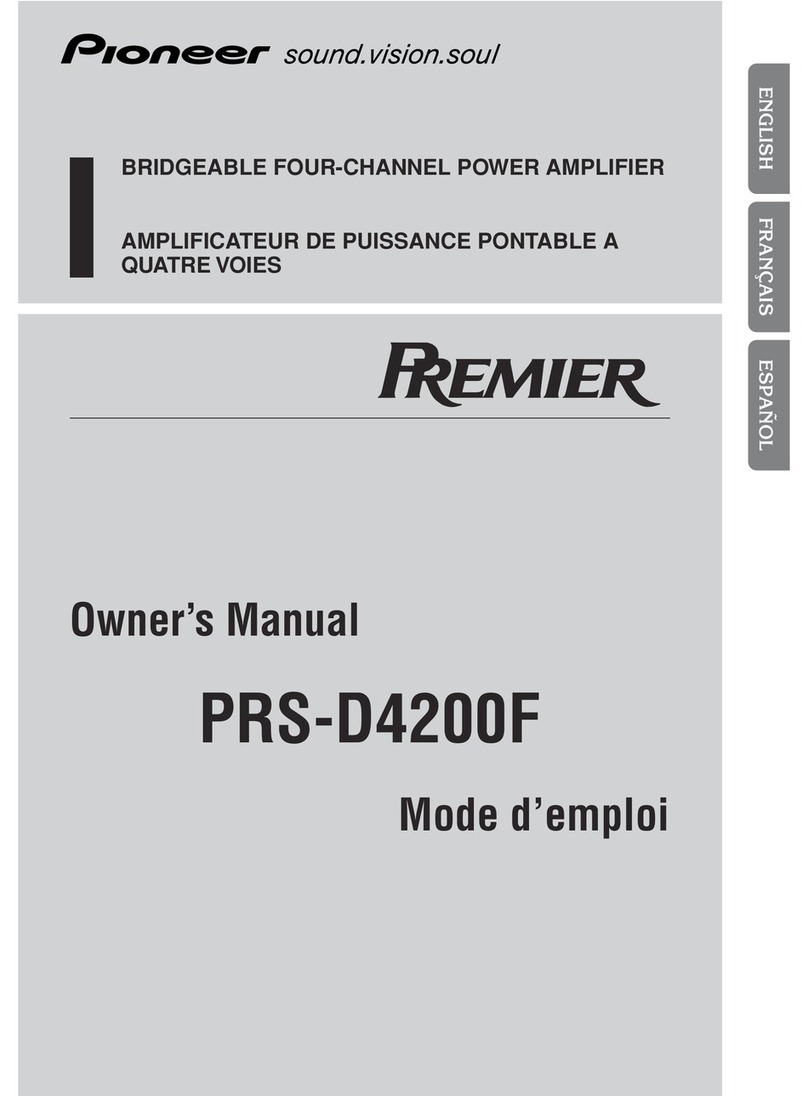
Pioneer
Pioneer PRS-D4200F - Premier Amplifier User manual

Pioneer
Pioneer GM-4000F User manual
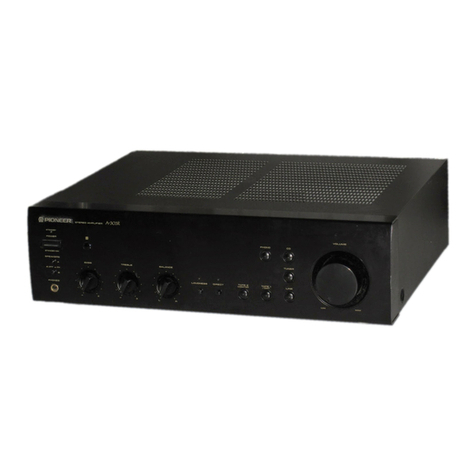
Pioneer
Pioneer A-303R User manual
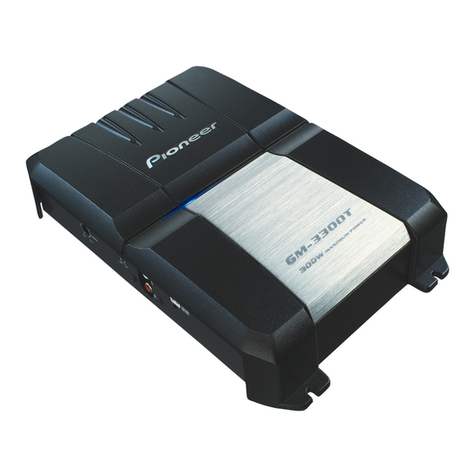
Pioneer
Pioneer GM-3300T User manual

Pioneer
Pioneer SC-700 Setup guide
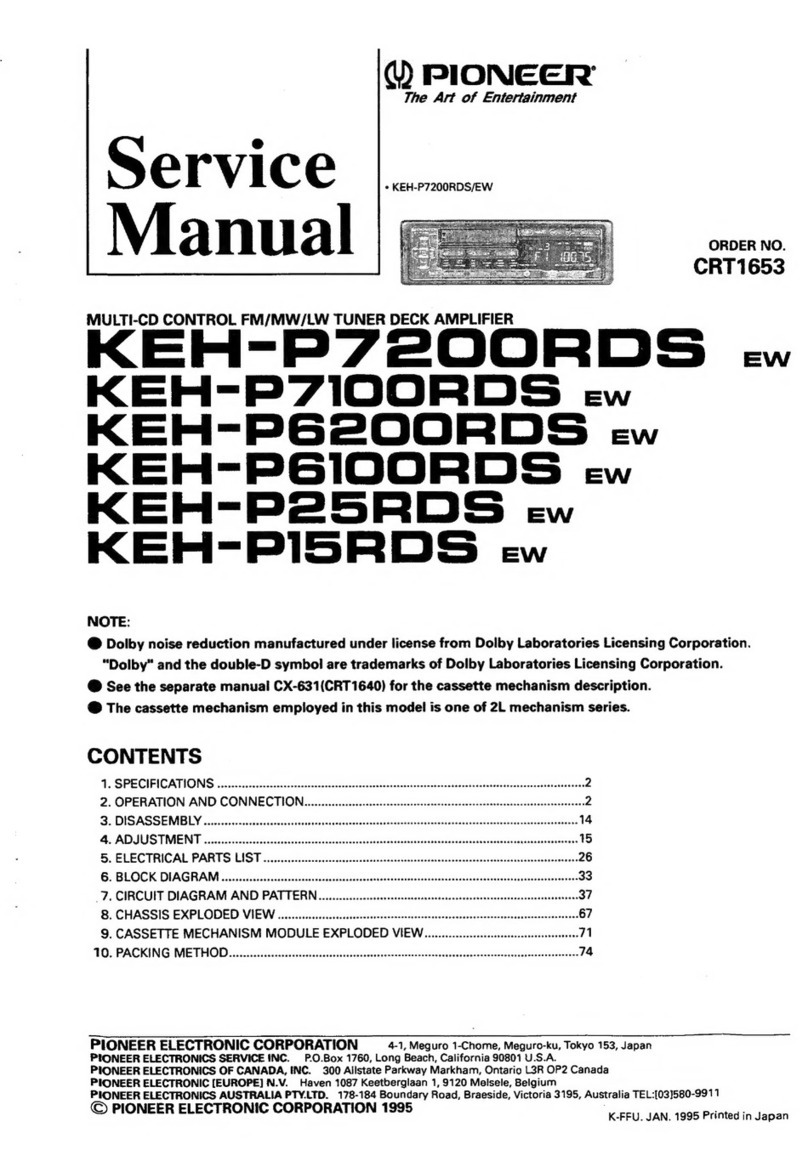
Pioneer
Pioneer KEH-P7200RDS User manual
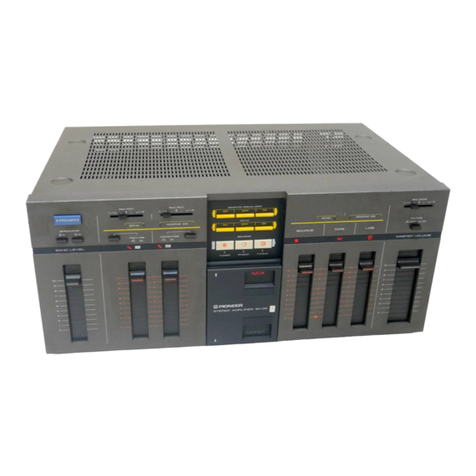
Pioneer
Pioneer SA-05 User manual

Pioneer
Pioneer PRS-D800 User manual
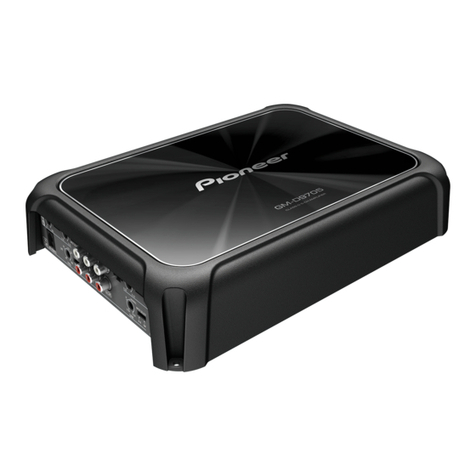
Pioneer
Pioneer GM-D9705 User manual
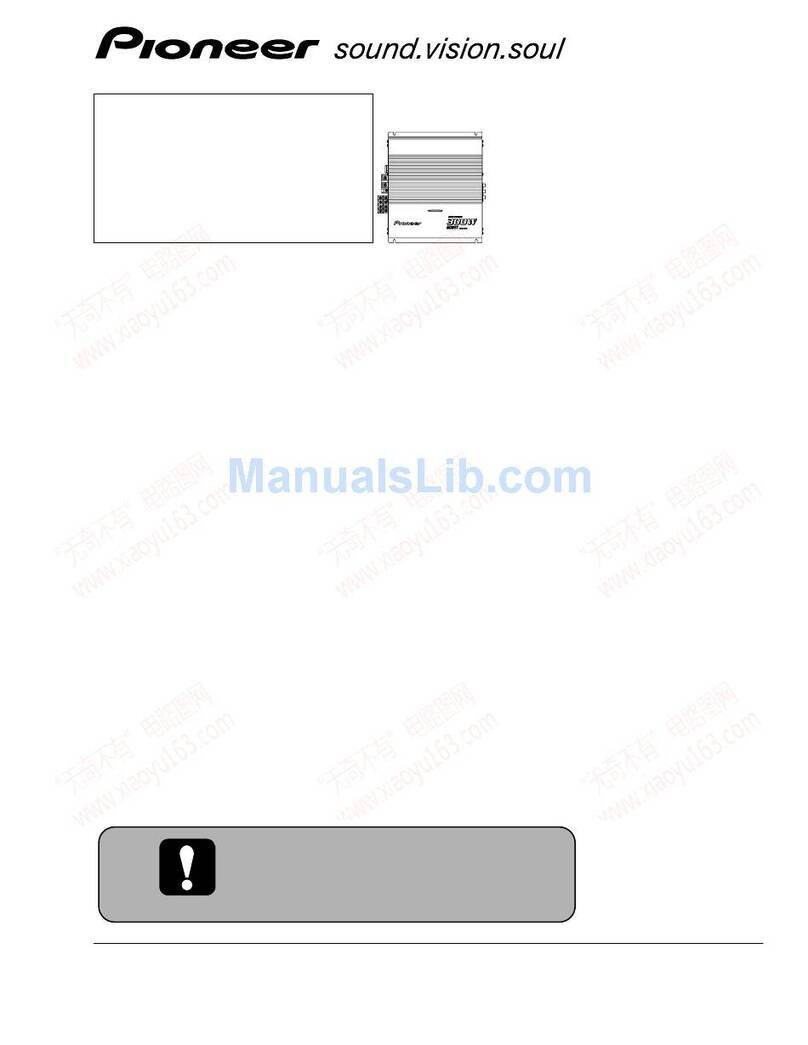
Pioneer
Pioneer GM-X364XR/UC User manual

Pioneer
Pioneer GM-7100M User manual

Pioneer
Pioneer SA-9100 User manual

Pioneer
Pioneer GM-X404 User manual
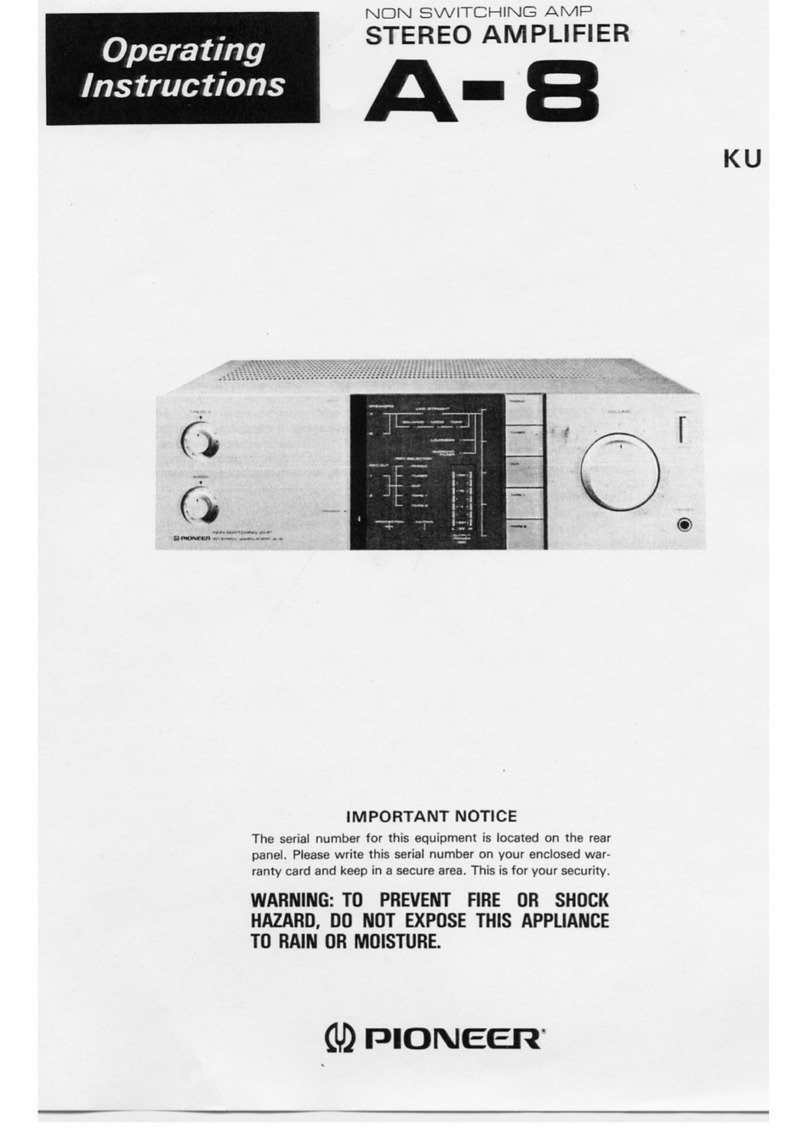
Pioneer
Pioneer A-8 User manual
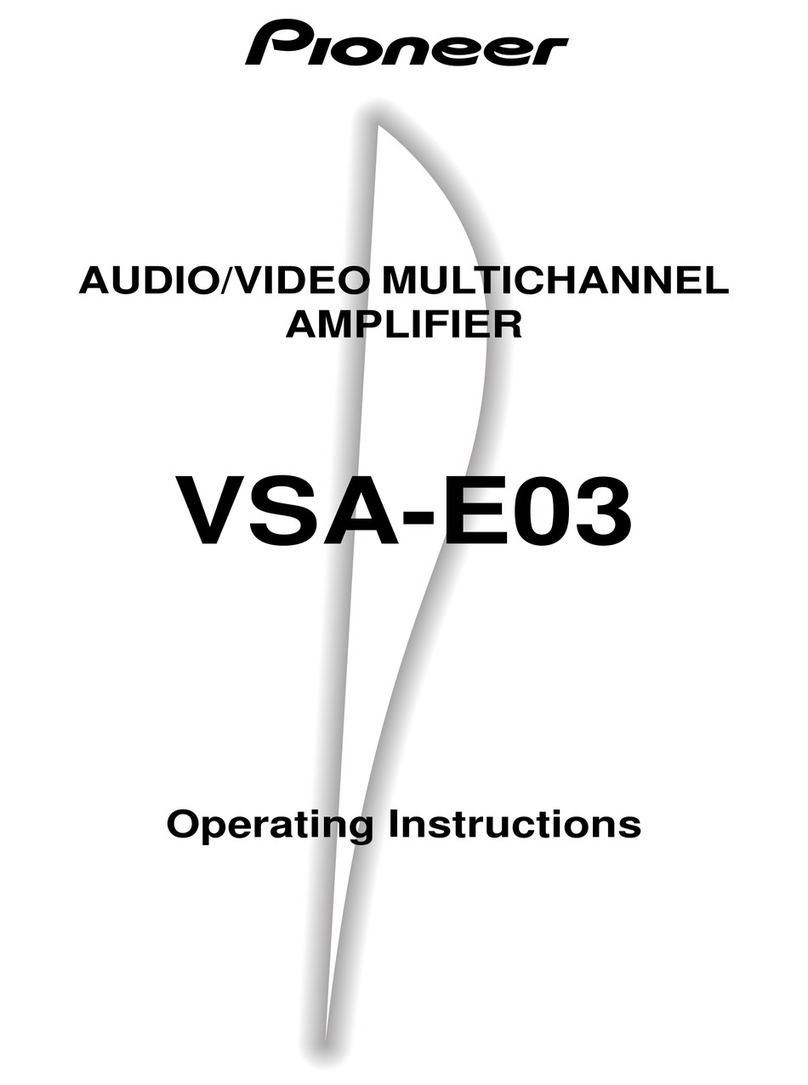
Pioneer
Pioneer VSA-E03 User manual
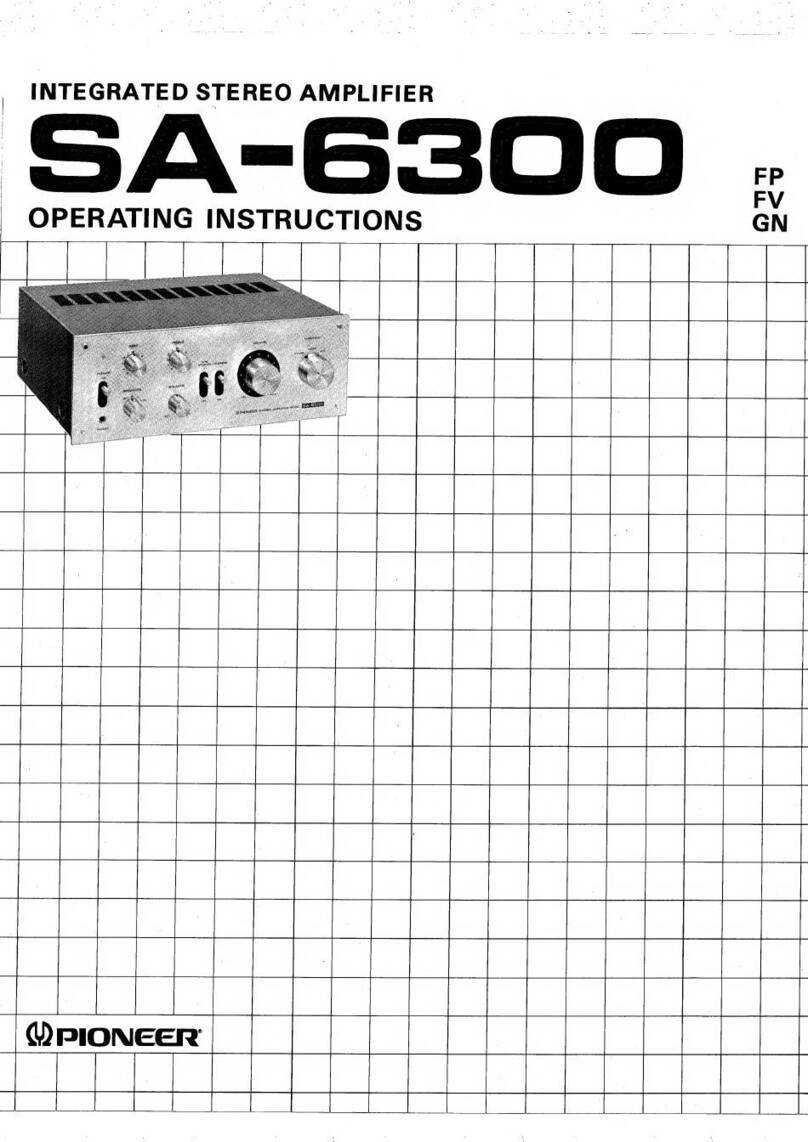
Pioneer
Pioneer SA-6300 User manual
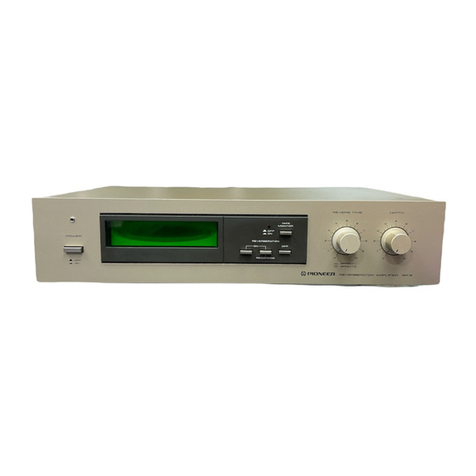
Pioneer
Pioneer SR-9 User manual
